|
Direct Fire Weapons Effects Simulator (DFWES) Photos

Any questions, comments, or problems, please email
me.
These pictures were taken and shared with the web by
Richard Taylor.
The attached photographs show
components of the force-on-force training system used by the British Army. It
is built by SAAB and is known as DFWES (Direct Fire Weapons Effects Simulator),
generally pronounced Def-Wes. There are two parts to the system; ATWES (Attack
Weapons Effects Simulator) which allows weapon systems fire to be replicated,
and TAGWES (Target Effects Simulator) which both replicates the vulnerability of
the platform to different weapon types as well as allowing the platform to be
attacked by vehicles equipped with ATWES. (B Vehicles which are not fitted with
the TAGWES system have to fly yellow flags to indicate this.) The main external
components of the system are mounted using different installation Kits (IK)
depending on type, and are:
ATWES
1
The Transceiver Unit (or TU) which is either inserted into the barrel
(120mm) or mounted above the barrel on a bracket (30mm variants) and is a laser
projector;
2
The Hull Down Detector Unit (HDDU) under the main armament on CR2
which allows the vehicle to enhance its protection by adopting a hull down
position relative to the firer;
3
The Flash Bang Smoke Simulator (FBSS) which fires a pyrotechnic to
simulate the firing effects of the main armament;
4
The Loudspeaker (LS) which replicates the appropriate sounds when the
machine gun is fired;
TAGWES
1
The Reflector Detector Units (RDU) which both detect incoming laser
firings, and also reflect coded hit/miss/near-miss information back to the
firing vehicle. There are two sizes, the upper ones being larger than the lower
ones. The RDUs are arranged to give all-round coverage;
2
The antenna base with a bare metal VHF whip antenna, and the shorter
conical green fibreglass GPS receiver/transmitter;
3
Finally, the mounting brackets and cable loom which connects these
components together.
The dimensions are hard to describe,
as the mounting brackets are irregular shapes, but hopefully this will be of use
(dimensions in CM):
The VHF antenna is 1 meter high.
The larger (upper) RDUs are 17W x
13H x 8D
The loudspeaker is 17W x 17H x 17D
Richard Taylor
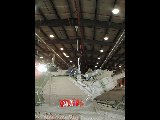
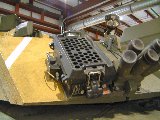
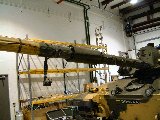

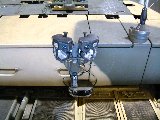
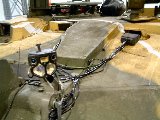
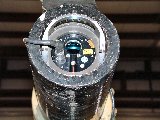

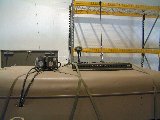
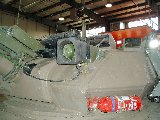
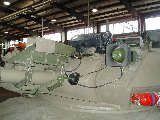

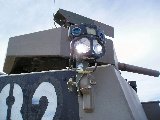
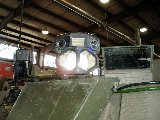
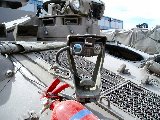
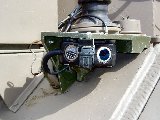
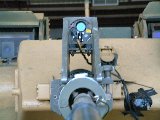
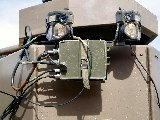
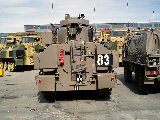

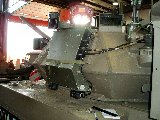
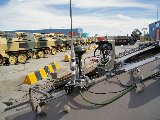
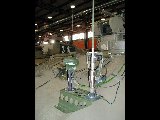
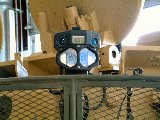
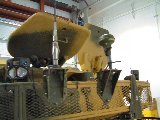
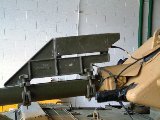
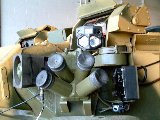
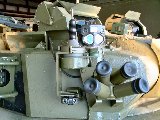
|